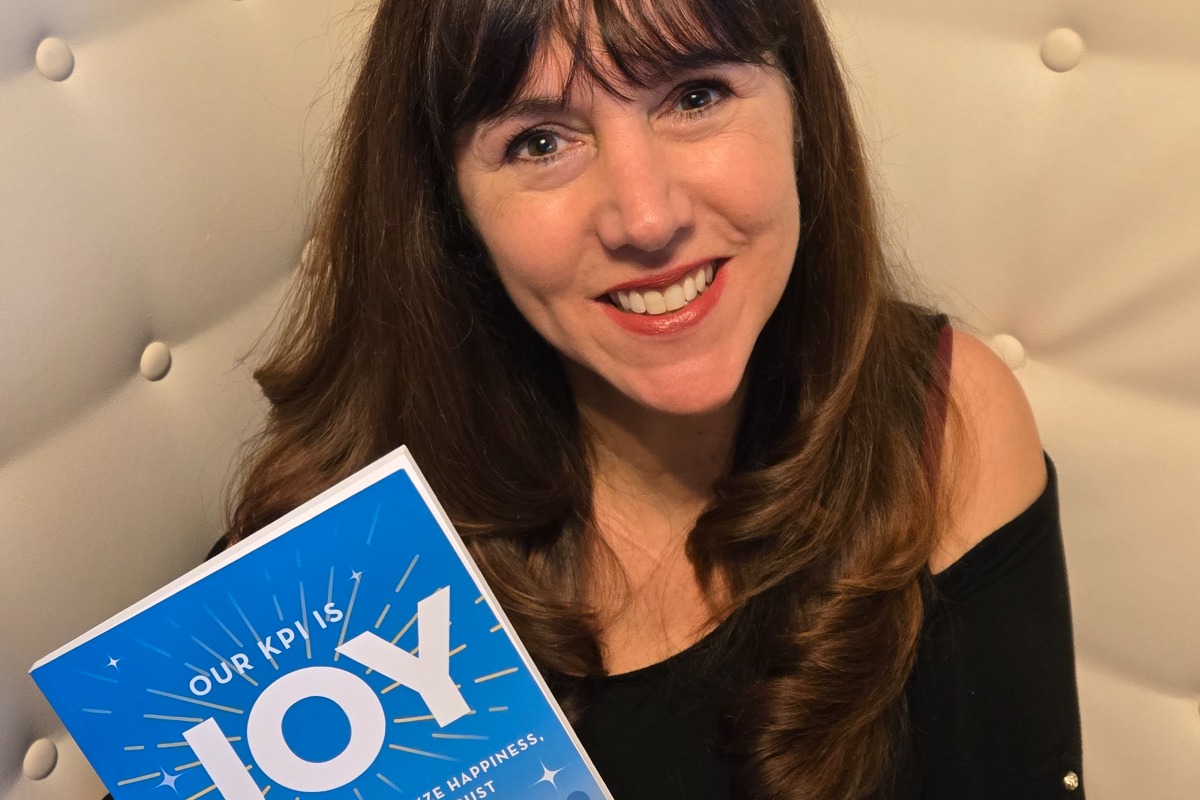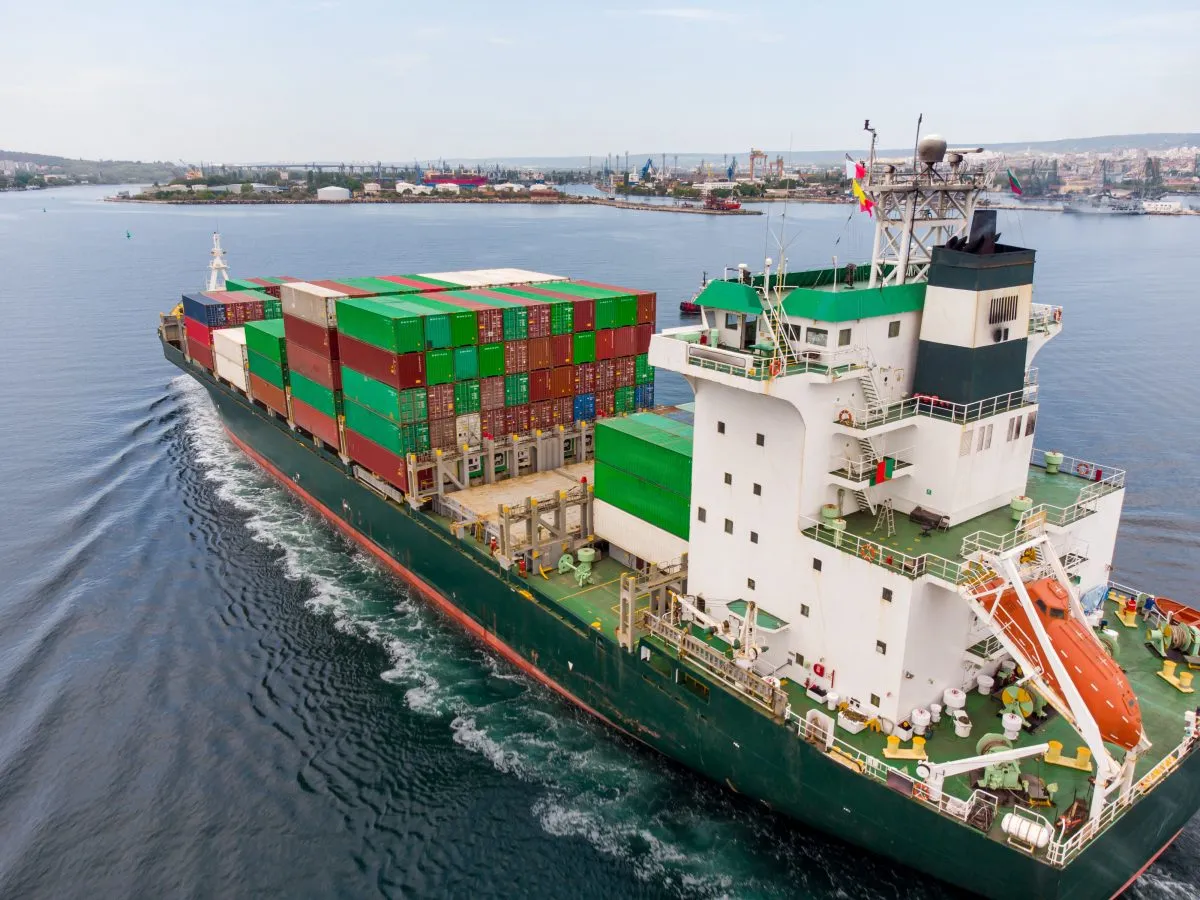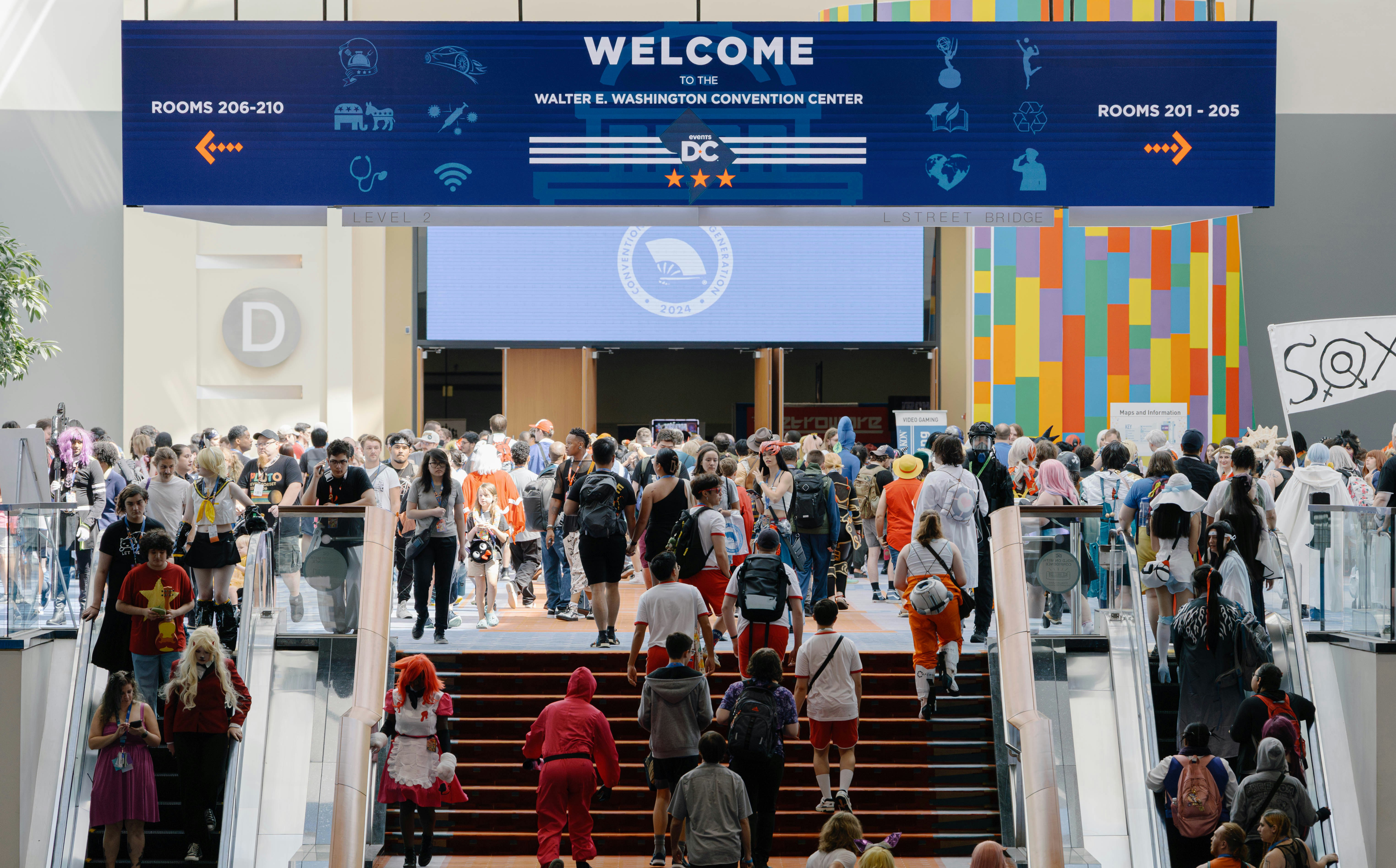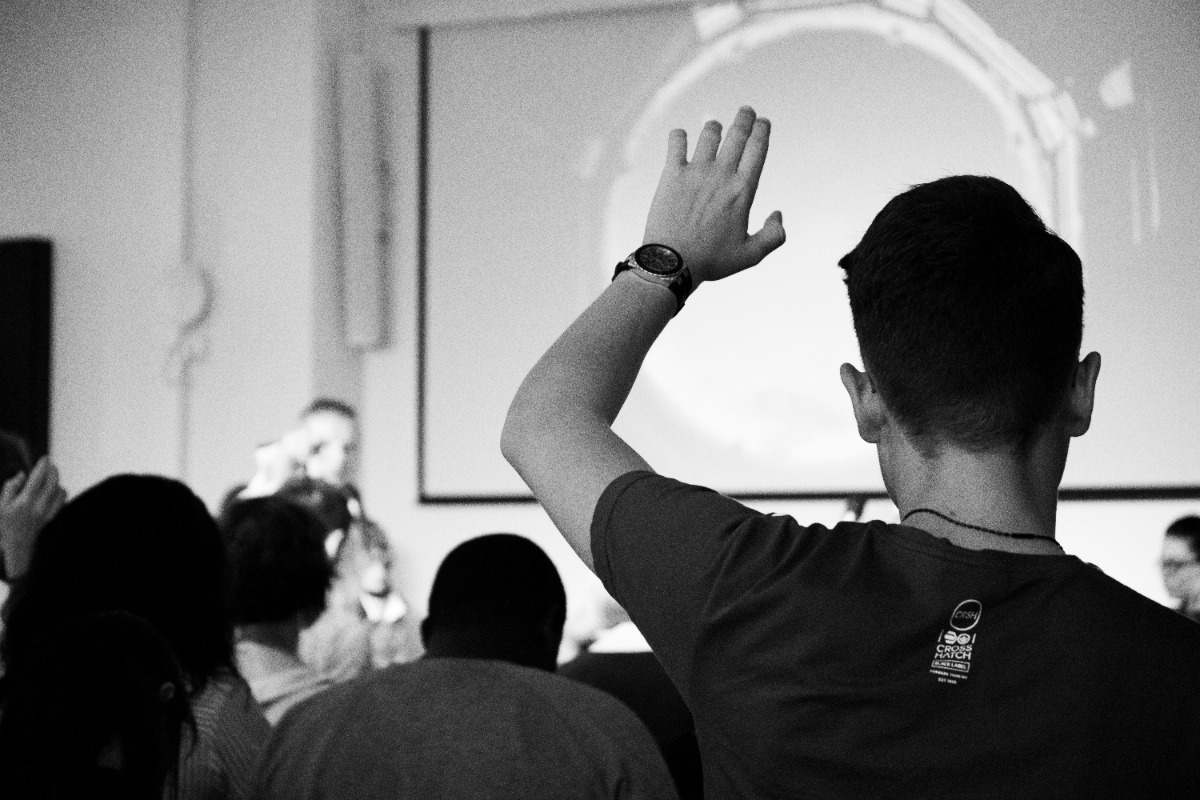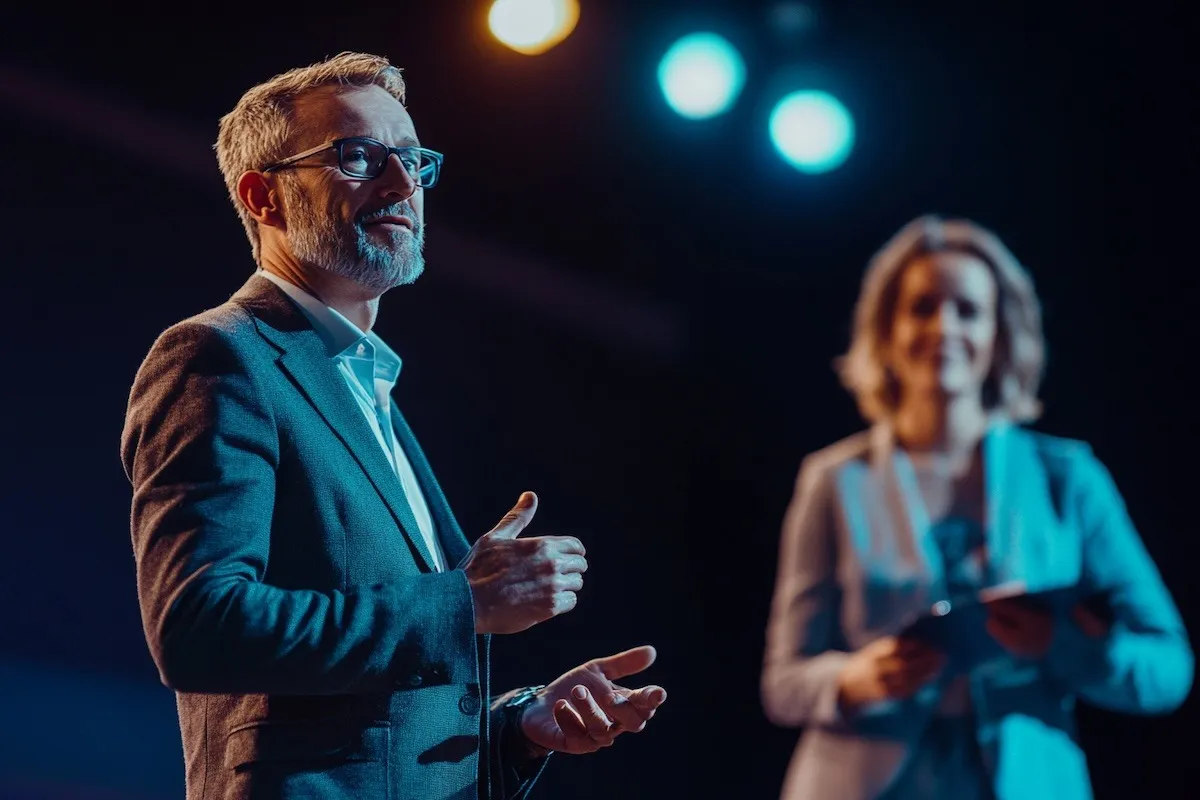Critical Accessibility Gaps Exist in Business Events

Skift Take
The Global Accessibility Report, developed by Destinations International and City Destinations Alliance, reports that only 35% of respondents have resources in place to make meetings accessible.
According to the World Health Organization (WHO), 1.3 billion people — about 16% of the global population — experience significant disability. Accessibility is not only about human rights. It is a business opportunity for destinations and companies to embrace all visitors and enhance their revenues, states the WHO.
"Accessibility means meeting people where they are and ensuring that we remove barriers," said Samantha Evans, certification director of the International Association of Accessibility Professionals (IAAP).
John Sage, a manual wheelchair user and CEO of Accessible Travel Solutions, helps businesses and destination management organizations (DMOs) provide the best experiences possible for travelers with disabilities.
“Any opportunity to build awareness around accessibility is very valuable. There are many executives and decision makers who don’t fully understand accessibility and reports like this are beneficial,” said Sage.
Sage also stresses the importance of ISO 21902:2021. This is a standard for accessible tourism published by the International Organization for Standardization (ISO). It includes strategic and actionable recommendations to provide accessible tourism experiences.
Many Conferences Fall Short With Accessibility
A frequent speaker and participant at industry conferences, Sage says much work must be done. “I have yet to see a conference that does accessibility right,” he said. “Before I register, I want to know the accessibility of the partner hotels and meeting space to decide if I want to attend or not.”
A box on a registration form to indicate one's needs is not enough. “This is a very reactive approach that adds risk and cost to an event organizer,” said Sage. “Everything has been contracted at this point and the event organizer doesn’t have leverage to make the venues improve accessibility. The proactive approach is to evaluate accessibility during the RFP process.”
Sage and his colleagues at Accessible Travel Solutions are in the process of creating a global accessible travel certification. “We are focusing on leisure travel, meetings and events, and business travel. It will help disabled travelers and businesses as a single, cross-sector global certification,” said Sage.
The Global Accessibility Report is based on a 2024 survey of 92 destinations. It has three goals: understanding accessibility challenges and opportunities, improving destination accessibility, and inspiring improvement.
“Ensuring accessibility is more than just meeting regulations – it's about creating meaningful, inclusive experiences for all visitors,” said Barbara Jamison-Woods, president of City Destinations Alliance.
Destinations That Get It Right
The report also features destinations with initiatives in place that include certifications and toolkits, event guides, and recommended accessibility checklists.
Destinations getting it right include Visit Brussels, Glasgow Convention Bureau, Wellington NZ, Fondazione Bologna, München Tourismus, Fáilte Ireland, Berlin Tourismus, Tallinn, Destination DC, New Orleans & Company, Convention Edinburgh, and Ottawa Tourism, according to the report.
“Findings from the Global Accessibility Report reveal that accessibility strategies in meetings and events remain inconsistent across destinations. To drive meaningful change, it’s essential to consider the attendee experience — imagining what it’s like for a person with a disability to participate,” said Sophia Hyder Hock, chief inclusion officer at Destinations International. “By understanding accessibility from a human-centered perspective, destinations and meeting planners can more effectively identify and implement the changes needed to create inclusive events.”
Accessibility Doesn’t Have to be Expensive
Rosemarie Rossetti, a wheelchair user and accessible meetings consultant, and frequent speaker on disability issues, said the Global Accessibility Report is a game changer for DMOs, meeting professionals, and CVBs. “Any time there are assessments of the environments where conferences are being held is a good thing. We must make sure they are accommodating to all,” she said.
Accessibility doesn’t have to be expensive. In some cases, it doesn’t have to cost anything at all. For example, use 30-inch tables in dining and networking events. In addition, remove chairs in meeting venues to accommodate people who use scooters or wheelchairs.

